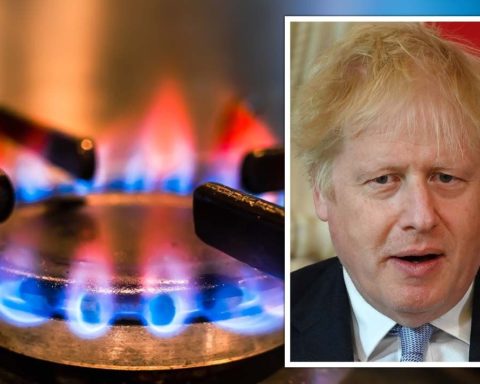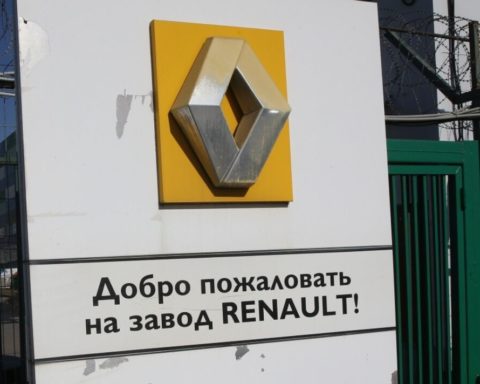Heat flow refers to the movement of heat from the interior of the Earth to the surface, which produces geothermal energy – any heat derived from the ground. As the world scrambles to wean itself off fossil fuels and the Russian crisis, this energy source could help to provide a carbon-free lifeline.
An international team of scientists have now compiled a new database and heat flow model with all available geothermal heat flow data for Greenland.
This allowed them to create a map of heat flow for the region.
The map shows that the mean heat flow on land is 44 mW per m2.
But this is actually far less than previous models have indicated.
The experts took 129 new measurements to be included in a total of 419 measurements for the map.
While the overall map showed that heat flows were lower than originally thought, there was a glimmer of hope as recent heat flow emerging in coastal areas was reportedly much warmer than expected.
William Colgan, lead author of the study from the Geological Survey of Denmark and Greenland (GEUS), appeared optimistic about the results.
He said: “Actually, this area along the west coast of Greenland has three times the heat flow as further inland, so it makes sense to investigate the possibility of harvesting the geothermal energy for the communities located there.”
He added: “This area is a geothermal freak zone for sure.
“You have this really old, stable, North Atlantic Craton in the south of Greenland that’s quite cool, and just next to it is the Mid Atlantic Ridge and Iceland with all its volcanic activity.
READ MORE: How the UK, US and their allies could respond to a nuclear attack
Geothermal energy is accessed by drilling deep wells to get steam and hot water from underground reservoirs.
The steam drives turbines to generate electricity without emitting fossil fuels that are emitted from drilling for oil and gas.
Geothermal power plants can run constantly to provide a reliable form of baseload power.
The S. Geological Survey claims geothermal resources could provide a further 9,000 MW of capacity with existing technology.
And 500,000 MW could reportedly be generated through more advanced technology in the future.
According to Ofgem, the average household in the UK has 2.4 people living in it, and uses 8 kWh of electricity and 33 kWh of gas respectively, per day.
This works out as an average of 242 kWh of electricity and 1,000 kWh of gas per month, or 2,900 kWh of electricity and 12,000 kWh of gas each year.
There are 1,000 Kilowatts in one Megawatt.


